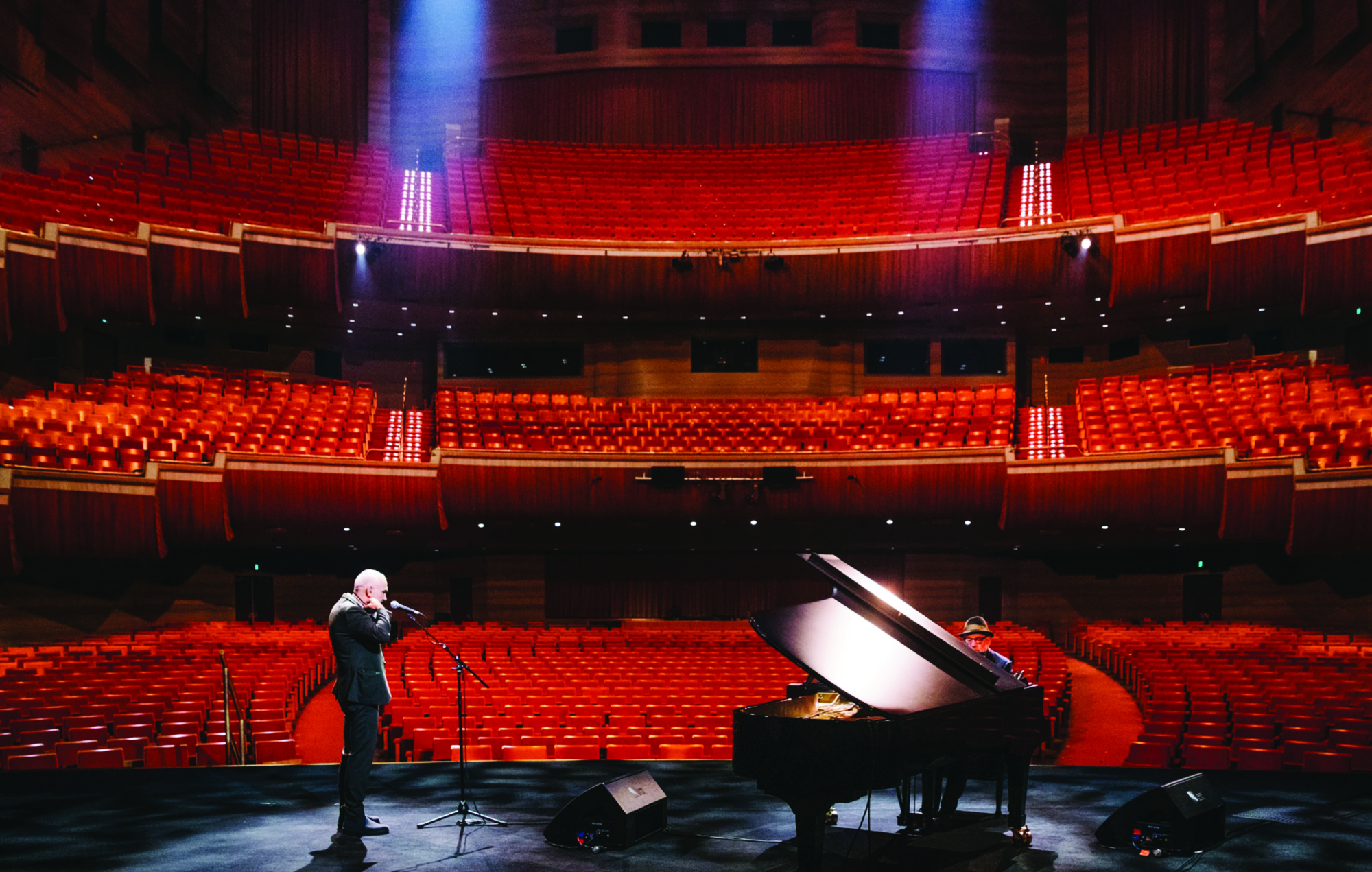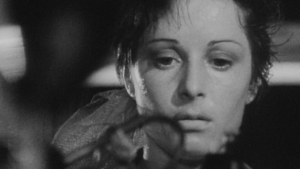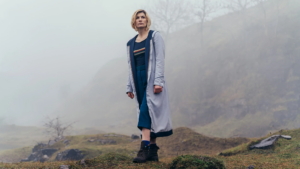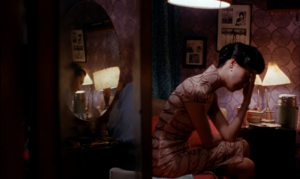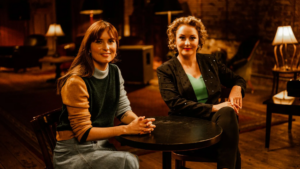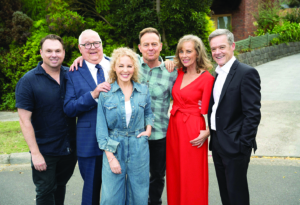The COVID-19 lockdowns have been devastating for the arts industries in many ways, and some of the most obvious ‘hits’ were taken by live performers and associated production industries. As I’ve written about before, the response from performing-arts venues was to go live to the lounge room (as was the case with the Sydney Opera House and many others), while US talk-show hosts like Jimmy Fallon or Stephen Colbert did the opposite by bringing the lounge room to live TV.
Somewhere in the middle of these two poles has been live music on television. Little sprouts of hope first emerged from the burnt undergrowth in the form of ‘at home’ segments in the above broadcast/live hybrids. But the ABC, in conjunction with Mushroom Vision and the Mushroom Creative House, used this opportunity to create something new: The Sound.
The Sound, a weekly ‘live’ music and news show for ABC TV, was launched in July last year. Hosted by Jane Gazzo (Season 1) and Bridget Hustwaite (Season 2), with regular music news presented by Zan Rowe, it was unusually female-heavy in its anchoring. The hosts and regular guests were there to introduce contemporary and legacy acts performing ‘live in isolation’, an unusual and beautiful step forward even in the context of existing COVID TV – and the show was clearly put together by a team who did their best to use the restrictions to their advantage.
Along with its hosts, who brought a considerable degree of experience and industry reach, The Sound was music television that could happily flaunt, and indeed celebrate, what ‘recorded live’ can mean. In the past, music television across the world has struggled with this: do you go for shots of screaming fans as the band lip-syncs, as in classic Countdown or Top of the Pops; or, worse, opt for the Saturday Night Live approach, in which the look overtakes the sound to such an extent that artists are almost comedically bad at even pretending to perform live (think the Ashlee Simpson out-of-sync playback ‘fail’ that made it around the world)? Lip-synching has become the norm for music on television – so much so that competitive lip-synching is now a music-television subgenre in its own right.
The Sound changed all this by beaming its artists in from a stage or an isolated venue, with its performances presented more as live music videos than live-in-studio renditions. This meant a diversity of settings could also feature – from shopping malls to botanical gardens to empty warehouses, all over the country. For viewers, it became exciting to see not just who was playing, but also where.
While The Sound was clearly made under COVID-style physical restrictions, its financial ones were not so drastic. Mushroom’s support created a link between the show and the old-school music industry, particularly thanks to the key contribution of company founder and local icon Michael Gudinski, who passed away at the age of sixty-eight in March this year. The resulting episodes were slickly produced and edited, with excellent capture and playback. Thanks to Gudinski’s multigenerational local music empire, the show was also able to feature a range of archival material, including classic clips from the Mushroom vault by artists like Cold Chisel and Kylie Minogue, alongside new covers of iconic tracks and, where available, new work by those artists as well.
The Sound was also situated within a clear broadcast legacy – something explicitly acknowledged by the ABC through their decision to broadcast the series ‘in the old Countdown timeslot’ of 5.30pm on Sundays. Although the show was also available on demand via iview and in pieces on various social-media platforms, its connection to time and place – along with its solid technological, industry and financial credentials – set The Sound apart from other music-industry innovations, such as Isol-Aid and other small-scale, small-budget, small-camera productions.
This is not to say that innovations like Isol-Aid were superseded or dwarfed by The Sound; rather, they were on the other side of the coin. Instagram, Twitch and other social-media platforms proved incredible outlets for audiences and artists wanting spontaneity and, often, rawer sound and vision. They were as diverse as they were successful – and, hopefully, in one way or another, they will continue. The Sound offered something different and, in some ways, more conservative than these: the kind of rehearsed, staged and slickly produced music television that was able to appeal to the genre’s legacy rather than capture the moment.
In the post-COVID landscape, there’s room for all of these innovations. They provide necessary hope, not just for industries that will take years to rebuild, but also for artists who will need new ways to work (and who, in some cases, are only just learning how). Audiences need the arts now more than ever, too – and we will find and support the arts wherever and however we can.
